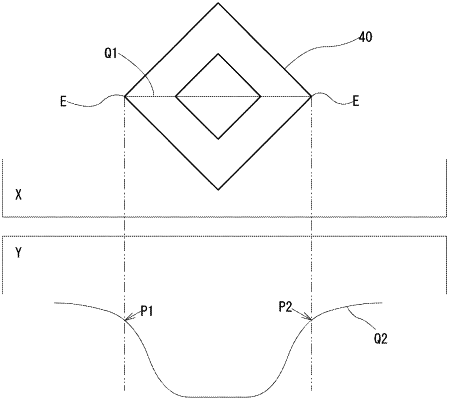| CPC D21H 27/30 (2013.01) [D21H 17/14 (2013.01); D21H 21/22 (2013.01); D21H 27/004 (2013.01)] | 5 Claims |

|
1. A 3-ply or 4-ply toilet paper, comprising:
softwood-derived pulp in an amount of 80% by mass or more of fibers; and
a cationic fatty acid amide-based softener,
wherein the toilet paper has concaves formed by embossing,
wherein the toilet paper is a 4-ply double embossment formed by 2-ply stacked single embossed sheet, or an embossment formed by combining a 2-ply stacked single embossed sheet and a 1-ply embossed sheet,
wherein an area of each concave is 1.0 to 2.5 mm2, a density of the concaves is 5.0 to 50 concaves per square centimeter of the toilet paper, and a depth of each emboss is 0.05 to 0.5 mm,
wherein each ply has a basis weight of 10.5 to 16.5 g/m2 per ply, and
wherein the toilet paper has a disintegration freeness of 550 cc or more as determined by disintegrating the toilet paper and measuring its freeness according to JIS P 8121-2:2012.
|